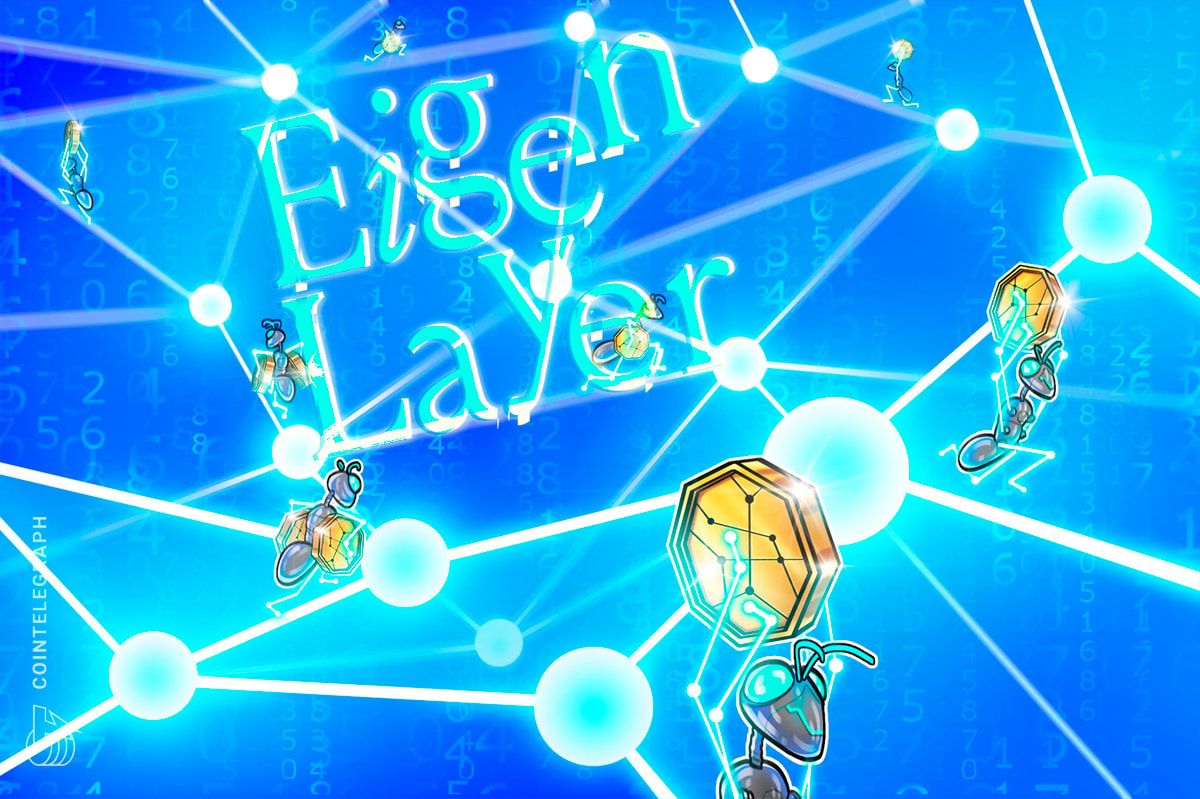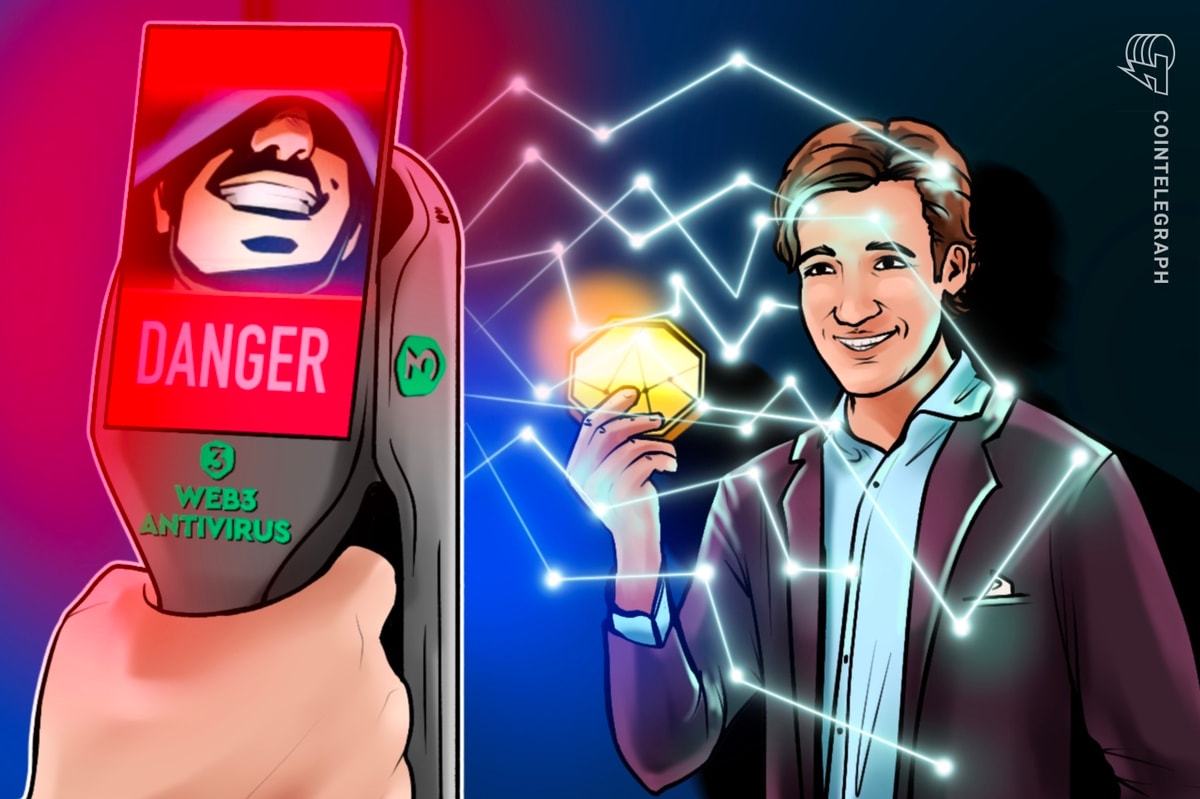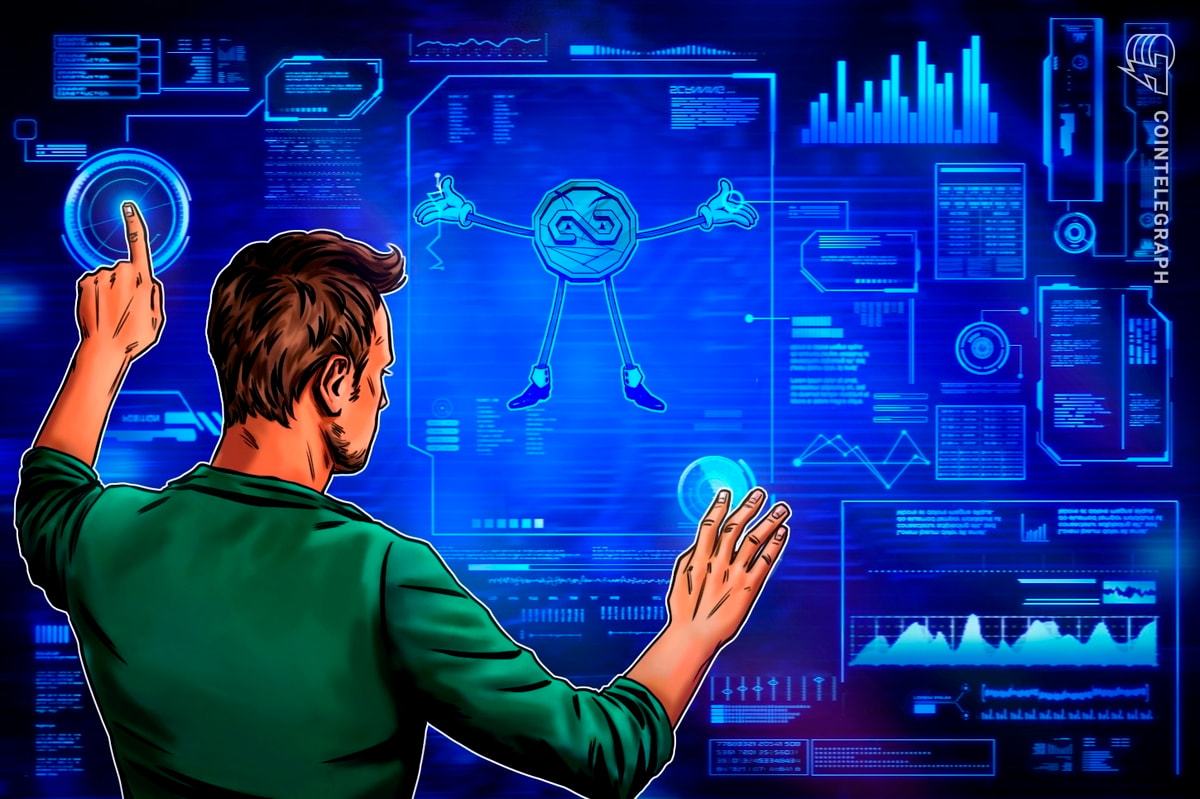As the demand for decentralized infrastructure grows, new approaches are emerging to rethink how digital resources like bandwidth, storage and computing power are managed and shared.
U2U Network, a layer-1 blockchain platform with modular design and Subnet technology, facilitates decentralized physical infrastructure networks (DePIN) while enabling real-world applications in artificial intelligence and Internet of Things (IoT).
As a female founder in the Web3 space, Chloe Phung is the co-CEO of U2U Network, leading a company that is among the only 13% of Web3 startups with a woman in a founding role. In this interview, Chloe Phung, co-CEO of U2U Network, discusses the potential of DePIN, U2U’s contributions to decentralized infrastructure and how their Subnet Node campaign will drive innovation and engagement across the platform.
Cointelegraph: What is the importance of DePIN, and where does it stand in the broader concept of the internet and connected devices?
Chloe Phung: DePIN allows individuals to share resources like data storage, bandwidth and computing power and earn money. It reduces reliance on centralized providers, making services more accessible and secure. By distributing resources, DePIN enhances resilience and security while incentivizing participants through token rewards.
It’s key to the future of IoT, enabling decentralized management of connected devices. DePIN is also transforming the economy by allowing decentralized marketplaces for real-world assets (RWAs), aligning with Web3’s vision of a more inclusive and decentralized internet for everyone.
CT: Can you share your vision for how U2U fits into the broader Web3 and blockchain ecosystem, especially with its modular design?
CP: U2U Network fits into the Web3 and blockchain ecosystem through its modular and flexible design. Its modular layer-1 network lets developers create specialized Subnets for different use cases, like DePIN, exchanges or payment systems, without impacting the whole network.
U2U also promotes interoperability, allowing seamless communication between its Subnets and other blockchains, which boosts cross-chain liquidity and collaboration. Additionally, U2U supports the DePIN ecosystem, enabling the decentralized exchange of digital resources like storage and bandwidth. This helps efficiently use underutilized assets, making U2U a versatile, scalable and key player in the future of Web3.

Source: U2U Network
CT: What are the primary scalability, security and performance challenges blockchain platforms face today, and how does U2U Network address them?
CP: Blockchain networks often face slow transaction speeds, high fees and security risks from central points of control. Also, most blockchains lack native interoperability, limiting the movement of assets and data across networks.
U2U Network’s Subnet technology solves this by allowing seamless asset transfers between different blockchains, unlocking liquidity and maximizing value. Subnets can be customized for specific purposes, like running a decentralized exchange or a payment gateway, while staying interconnected. This allows different Subnets to communicate and transfer assets, creating a connected ecosystem.
By enabling blockchains to specialize and share workloads, U2U Subnets enhance scalability and efficiency, making them ideal for industries like IoT and cloud storage that need real-time data processing.
CT: You have an upcoming DePIN Subnet Node campaign. What opportunities does this campaign offer to early participants?
CP: Our DePIN Subnet Node campaign allows participants to contribute directly to building decentralized infrastructure. The sale begins on Oct. 24 and features 40,000 nodes across six tiers, with prices starting at $200. The tiered sale structure allows participants to secure nodes at the lowest price, maximizing return on investment (ROI).
By operating a DePIN Subnet Node, node operators contribute to nearly 40 decentralized projects. These projects create a continuous demand for node resources, which translates to long-term potential for operators. This means node operators can earn revenue from multiple DePIN decentralized applications (DApps).
CT: What role will the subnet nodes play in shaping the future of the U2U Network?
CP: Nodes are crucial to the U2U Network, enabling secure, decentralized connections. They link devices for seamless communication and verify transactions to prevent fraud, ensuring the integrity of the network. Nodes maintain an updated ledger of all transactions, providing accurate records across the system.
In case of failure, data is safely backed up and replicated across multiple nodes, preventing loss. This distribution of data and control strengthens the network’s security and reliability. Even if one node goes down, the U2U Network continues operating smoothly, making it resilient, efficient and highly reliable for all users.
CT: Looking ahead, how do you see the U2U Network contributing to the future of decentralized infrastructure?
CP: U2U Network is building the DePIN Marketplace, a decentralized platform for trading digital resources like bandwidth and storage, serving businesses and governments efficiently. U2U also enables mass participation through accessible nodes, fostering community-driven growth.
Along with Chain Capital and JDI Ventures, we lead the DePIN Alliance, which is dedicated to advancing DePIN integration and adoption. The alliance includes top-tier VCs and projects like LBank, peaq, BitLayer, Nott and Mina Protocol.
Positioned as the “Amazon” of Web3, U2U Network has the potential to make a significant impact on the global economy and become a key player in the trillion-dollar decentralized infrastructure market.
CT: What innovations are you most excited about, and where do you see the greatest potential for growth within the DePIN ecosystem?
CP: We’re excited about innovations like decentralized marketplaces, where users can buy and sell resources like bandwidth and storage, unlocking global potential. Interoperability between blockchains is another game-changer, enabling more liquidity and collaboration across ecosystems.
Tokenized incentives also play a vital role, rewarding users for sharing resources and boosting efficiency in industries like IoT. The biggest growth opportunities lie in smart cities, energy and cloud services, where DePIN can offer affordable, decentralized infrastructure, making it a critical piece of the future digital economy.
In addition, we’ve also partnered with many leading names like Orochi Network and Owlto Finance; it’s also a great potential for growth. These collaborations help strengthen the DePIN ecosystem by fostering innovation and unlocking new opportunities for decentralized infrastructure development.
Disclaimer. Cointelegraph does not endorse any content or product on this page. While we aim at providing you with all important information that we could obtain in this sponsored article, readers should do their own research before taking any actions related to the company and carry full responsibility for their decisions, nor can this article be considered as investment advice.












